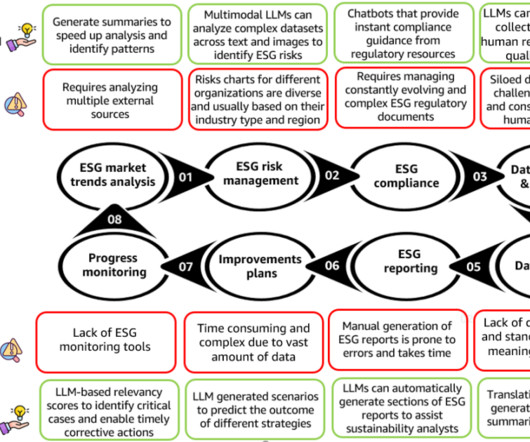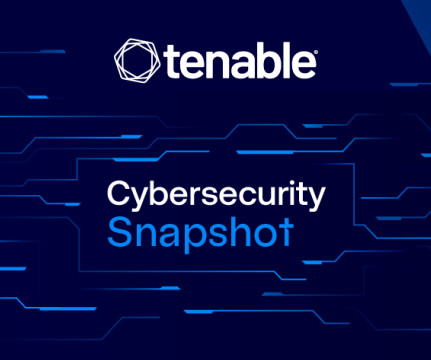The CTO’s newest hat is green
CIO
SEPTEMBER 12, 2023
For example, Dell Technologies recently announced that its facilities were using 59% renewable energy and that it was on track to be 100% renewable by 2040. And four out of five of those surveyed pointed to innovations like artificial intelligence (AI) and the Internet of Things (IoT) as specific technologies that could help.
















Let's personalize your content